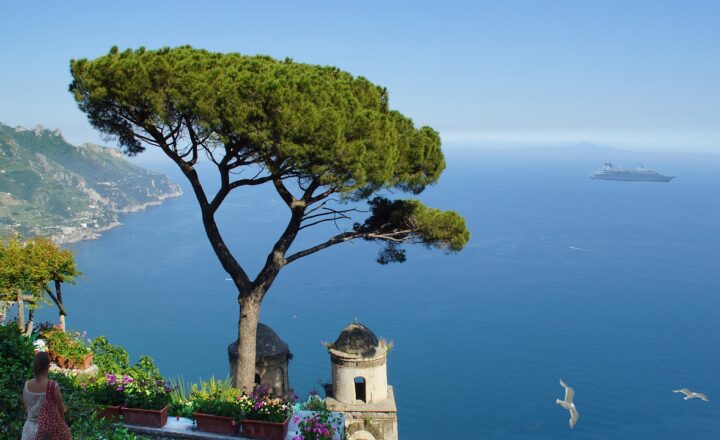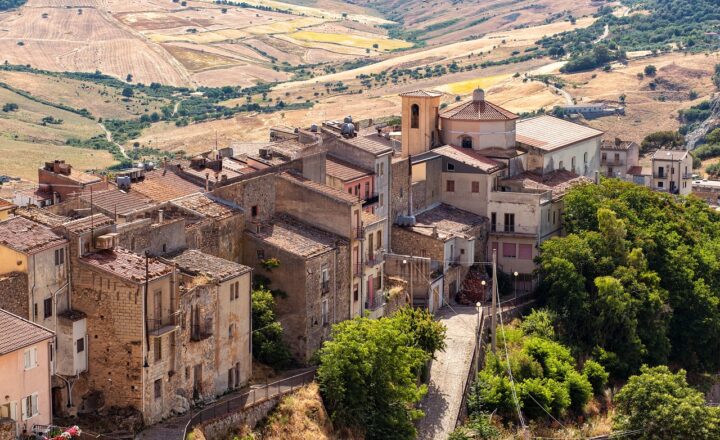
Italy is a country renowned for its rich history, stunning landscapes, artistic masterpieces, and delectable cuisine. While cities such as Rome, Florence, and Venice attract millions of tourists each year, there lies a wealth of hidden villages scattered across the Italian countryside that offer equally captivating stories and breathtaking views. These lesser-known gems provide a glimpse into the authentic Italian lifestyle, showcasing ancient traditions, unique architectural styles, and stunning scenery. In this article, we will explore some of Italy’s hidden villages, their histories, and the enchanting beauty that makes them worthy of a visit.
1. The Allure of Italy’s Hidden Villages
Whether you’re wandering through winding cobblestone streets or sipping espresso at a quaint café, hidden villages in Italy offer a sense of peace and authenticity that is often lost in bustling tourist spots. Each village has its own character, inspired by the local geography, history, and culture. Some are perched on hilltops offering panoramic views, while others nestle in lush valleys, surrounded by vineyards or olive groves.
Exploring these hidden gems allows travelers to experience the true Italy — where time seems to stand still, and the pace of life is slower. The rich tapestry of local traditions, cuisine, and craftsmanship can be experienced through unique festivals, culinary experiences, and interactions with warm-hearted locals.
2. A Glimpse of History: Village Life in Italy
Italy’s history is mirrored in its villages, where structures often date back hundreds or even thousands of years. The stories of these villages tell of resilience, artistry, and cultural preservation.
Many villages originated as feudal settlements during the Middle Ages, established for defense against invaders. The architecture often reflects this history, featuring medieval castles and fortified walls that still stand proud today. These structures not only serve as historical landmarks but also as symbols of the communities that grew around them.
Villages like Civita di Bagnoregio, known as the “dying town,” showcase stunning erosion but retain ancient relics from Etruscan times. Walking through its narrow streets, one can admire the beautiful stone houses, craft shops, and spectacular vistas of the surrounding valley. Each village has witnessed centuries of history, and exploring them offers a unique perspective on Italy’s cultural heritage.
3. Hidden Villages to Explore
Whether you are planning a trip or just seeking inspiration, here are five hidden villages that stand out for their beauty and rich history:
1. Castellina in Chianti
Nestled in the heart of Tuscany’s Chianti region, Castellina in Chianti boasts stunning medieval architecture and breathtaking vineyards. This picturesque village will captivate you with its charming stone houses and vibrant local life. Explore the ancient church of San Salvatore, sample some of the region’s finest wines, and take a leisurely stroll through the rolling landscapes that define Tuscany.
2. Civita di Bagnoregio
Perched on a hilltop and often dubbed “the dying town,” Civita di Bagnoregio is slowly eroding into the valley but remains a stunning sight. Connected by a long footbridge, this village is filled with narrow streets and quaint shops. The breathtaking views of the surrounding hills make it a must-visit place for photographers and history enthusiasts.
3. Matera
Famed for its Sassi districts, Matera is a UNESCO World Heritage site that features ancient cave dwellings carved into limestone cliffs. This stunning village has a history that dates back thousands of years. Visitors can explore fascinating cave churches and stay in boutique hotels that replicate a traditional cave experience.
4. Sirolo
Sirolo is a lovely coastal village located in the Marche region, overlooking the Adriatic Sea. Its mix of sandy beaches, vibrant nightlife, and picturesque squares makes it a perfect destination. Wander through the charming streets lined with historic buildings and indulge in regional delicacies in local trattorias.
5. San Gimignano
Famous for its medieval towers, San Gimignano offers visitors a unique blend of history and art. The village is often referred to as the “medieval Manhattan” due to its skyline dotted with over a dozen preserved towers. Stroll through its cobbled streets, sample local Vernaccia wine, and enjoy beautiful views of the Tuscan countryside.
4. Discovering Local Culture and Cuisine
One of the best ways to appreciate the hidden villages of Italy is through their local cuisines. Each region offers unique dishes influenced by local ingredients, customs, and historical trading practices.
In Castellina in Chianti, for instance, indulge in traditional Tuscan fare, such as ribollita (a hearty vegetable soup) or pici (homemade pasta served with garlic and oil). Furthermore, regions like Matera are known for their bread made with ancient grains, serving as a reminder of Italy’s agricultural roots.
The significance of festivals in these villages cannot be overstated; many communities celebrate their patron saints with parades, music, and traditional food. Festivals like the Grape Festival in Monticchiello or the Infiorata flower festival in Noto reflect the rich cultural heritage that defines these communities. Such events allow visitors to deeply connect with the locals and immerse themselves in age-old traditions.
5. Responsibility in Travel: Supporting Local Economies
Traveling to these hidden villages not only enriches your journey but also positively impacts the local economies. By choosing to visit lesser-known destinations, you help to alleviate the overtourism that plagues cities like Venice and Florence.
Visitors can support local businesses by dining at family-owned trattorias, purchasing handmade crafts, and participating in local workshops. Engaging with the communities fosters connections and helps sustain traditions and lifestyles that are at risk of disappearing.
Sustainable tourism practices, such as respecting local customs and minimizing environmental footprints, promote the preservation of these charming villages for future generations. Every traveler should take the opportunity to be a responsible ambassador, contributing positively to the locations they explore.
Conclusion: Unveiling Italy’s Hidden Treasures
Italy’s hidden villages are treasures waiting to be discovered, offering an unmatched blend of history, beauty, and culture. They allow travelers to escape the crowds and delve into the heart of Italian life. From stunning landscapes to delicious cuisine and rich traditions, these villages offer everything you need for an unforgettable experience. So, next time you plan a trip to Italy, consider venturing off the beaten path to discover the hidden gems that showcase the country’s true soul.
In the age of modern travel, remember that there are still corners of the world where history, beauty, and local hospitality thrive, waiting for those adventurous enough to seek them out.







